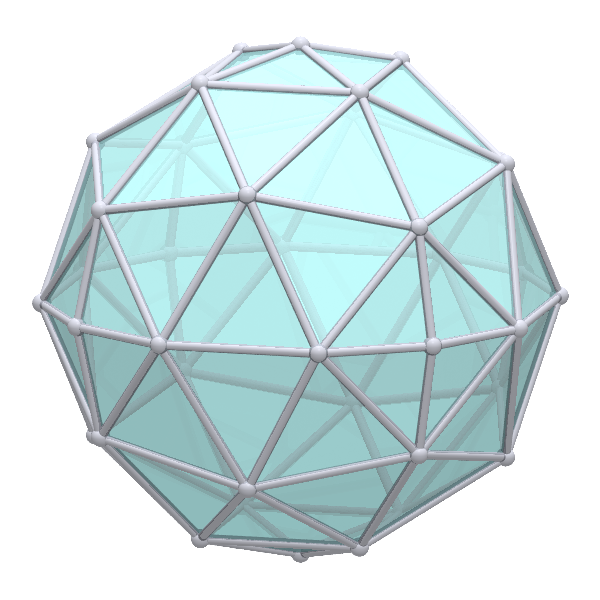
Nonporous bulky heterogeneous particles composed of TiO2 matrix and phosphorus are reported for high volumetric pseudocapacitive Na storage. This study demonstrates heterogeneous particles with a well‐engineered nanostructure as a new paradigm for electrode materials design. Such nonporous heterogeneous particles exhibit “interface‐induced pseudocapacitance” with an enhanced volumetric capacity, which is over 50% higher than that of commercial hard carbon anodes. An in situ formed 3D titanium phosphate interphase serves as a fast ionic transport network, allowing rapid sodiation/desodiation processes within the particles.

In this work, nonporous bulky heterogeneous particles composed of TiO2 matrix and phosphorus are reported for high volumetric pseudocapacitive Na storage. The selective modification of in situ grown TiO2 nanocrystals on certain facets of crystallites opens a new door for the development of electrode materials possessing superior electrochemical properties.ĭeveloping pseudocapacitive materials for electrochemical energy storage generally relies on the formation of nanosize and/or nanoporous particles with short solid‐state diffusion distance and high surface area, which leads to low volumetric capacity and severe parasitic reactions. Further theoretical calculation reveals 3D migration paths of Li⁺ ions in Li2TiSiO5.

In situ X‐ray diffraction and ex situ transmission electron microscopy have demonstrated the structural stability of the anodes upon charge/discharge. With the optimized size, structure, and content of modified TiO2 nanocrystals associated with the exposed (001) plane of Li2TiSiO5, the Li2TiSiO5‐based anodes can deliver a capacity of above 300 mAh g⁻¹, enhanced rate performance, and a capacity retention of 66% after 10 000 cycles. The discharge voltage plateau at around 0.5 V renders the Li2TiSiO5 anode safe compared with graphite and confers a high energy density compared with zero‐strain Li4Ti5O12 anode. Herein, a molten‐salt synthesis of Li2TiSiO5 crystalline platelets and a subsequent selective facet modification by in situ growth of TiO2 nanocrystal frames are facilely achieved. Titanium‐based anode materials are attracting considerable attention for use in high‐performance lithium‐ion batteries, but the compromised energy density caused by high voltage plateaus and unsatisfactory capacities severely retards their practical applications. An efficient asymmetric apparatus (MSNMSeHS||DSNFSeHS) fabricated by these two electrodes depicts the excellent electrochemical features (energy density of ≈112.6 Wh kg−1 at 900.8 W kg−1) with desirable longevity of ≈94.4%. The considerable performance is also observed for the DSNFSeHS electrode with a capacity of 258.4 mAh g-1/930.25 C g-1, rate performance of 75.5%, and longevity of 90.9%. The as-designed MSNMSeHS electrode can deliver a splendid capacity of ~339.2 mAh g-1/1221.1 C g-1, impressive rate performances of 78.8%, and considerable longevity of 95.7%. Herein, a straightforward and efficient approach is used to construct multi-shelled nickel-manganese selenide hollow spheres (MSNMSeHSs) as the cathode, and double-shell nickel-iron selenide hollow spheres (DSNFSeHSs) as the anode electrode materials by tuning shell numbers for supercapacitors. Thanks to the attractive structural characteristics and unique physicochemical properties, mixed metal selenides (MMSes) can be considered as encouraging electrode materials for energy storage devices.

This work develops new insight to design novel and controllable morphology MOFs-derived materials for application of energy storage devices. As expected, the distinctive 3D hierarchical protected]2 electrode exhibits superb rate capability (775 mAh g⁻¹ at 5 C) and outstanding cycling stability (822 mAh g⁻¹ after 1000 cycles at 1 C), which is benefiting from the 3D mesoporous TiO2 and synergies between TiO2 and MoS2 nanosheets. In addition, the as-prepared Pluronic F127-regulated Ti-based MOFs (F-MIL-125-Ti) sacrifice as precursor to derive 3D mesoporous titanium dioxide (TiO2) and as template for in situ growth of molybdenum disulfide (MoS2) nanosheets to prepare a truncated octahedron protected]2 hierarchical composite. Herein, we successfully developed a facile strategy for rationally designing and synthesizing the morphology of MOFs from circular plate shape to truncated octahedron gem shape via regulating the ratio of Pluronic F127 to terephthalic acid. To enhance the intrinsic performance and endow MOFs with versatility, constructing distinctive morphology of MOFs while maintaining their porous structure to satisfy various application is highly desirable. Metal-organic frameworks (MOFs), as 3D porous precursors, have demonstrated great potential as electrode materials for lithium storage on account of high specific area and tunable structure.


 0 kommentar(er)
0 kommentar(er)
